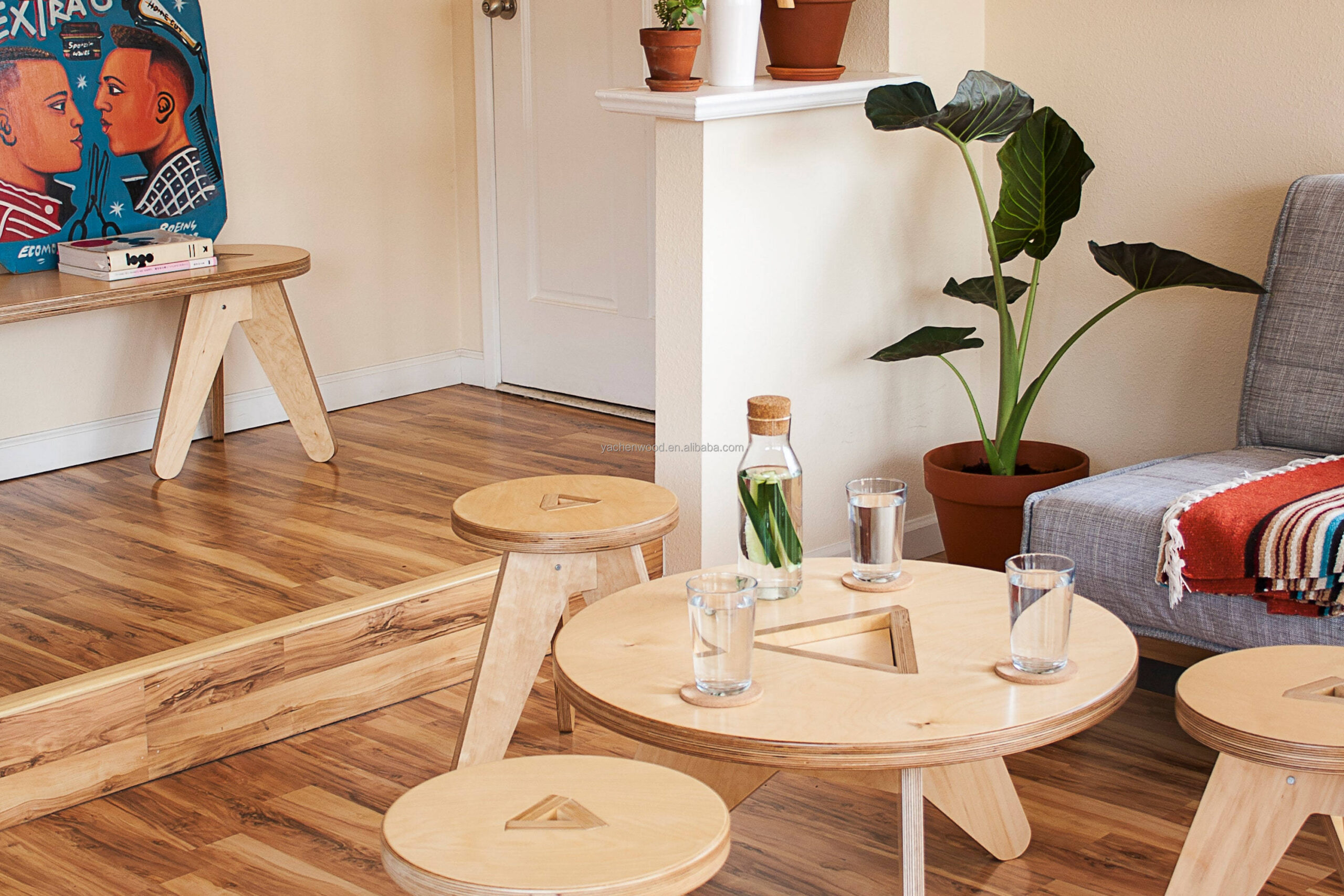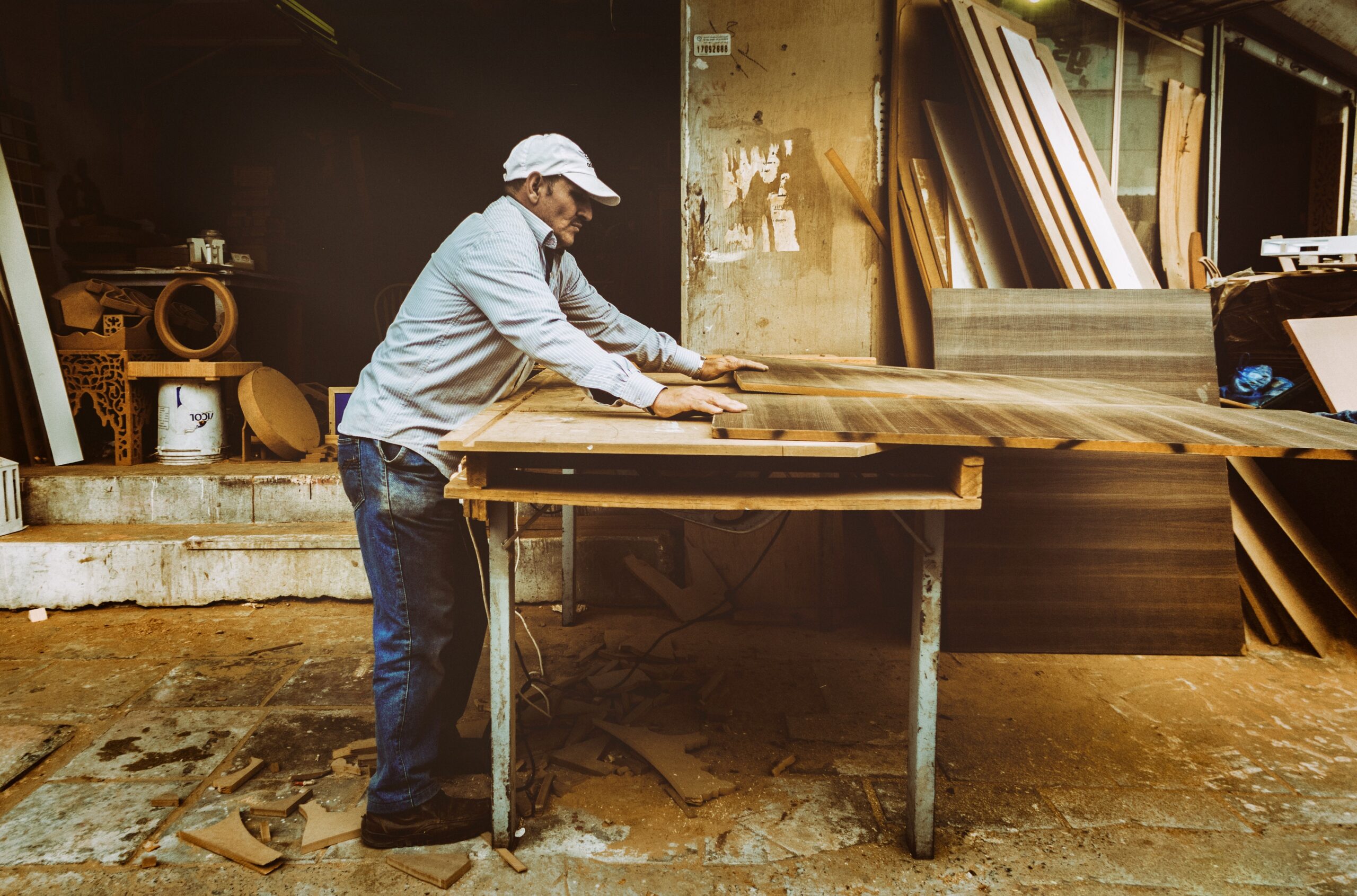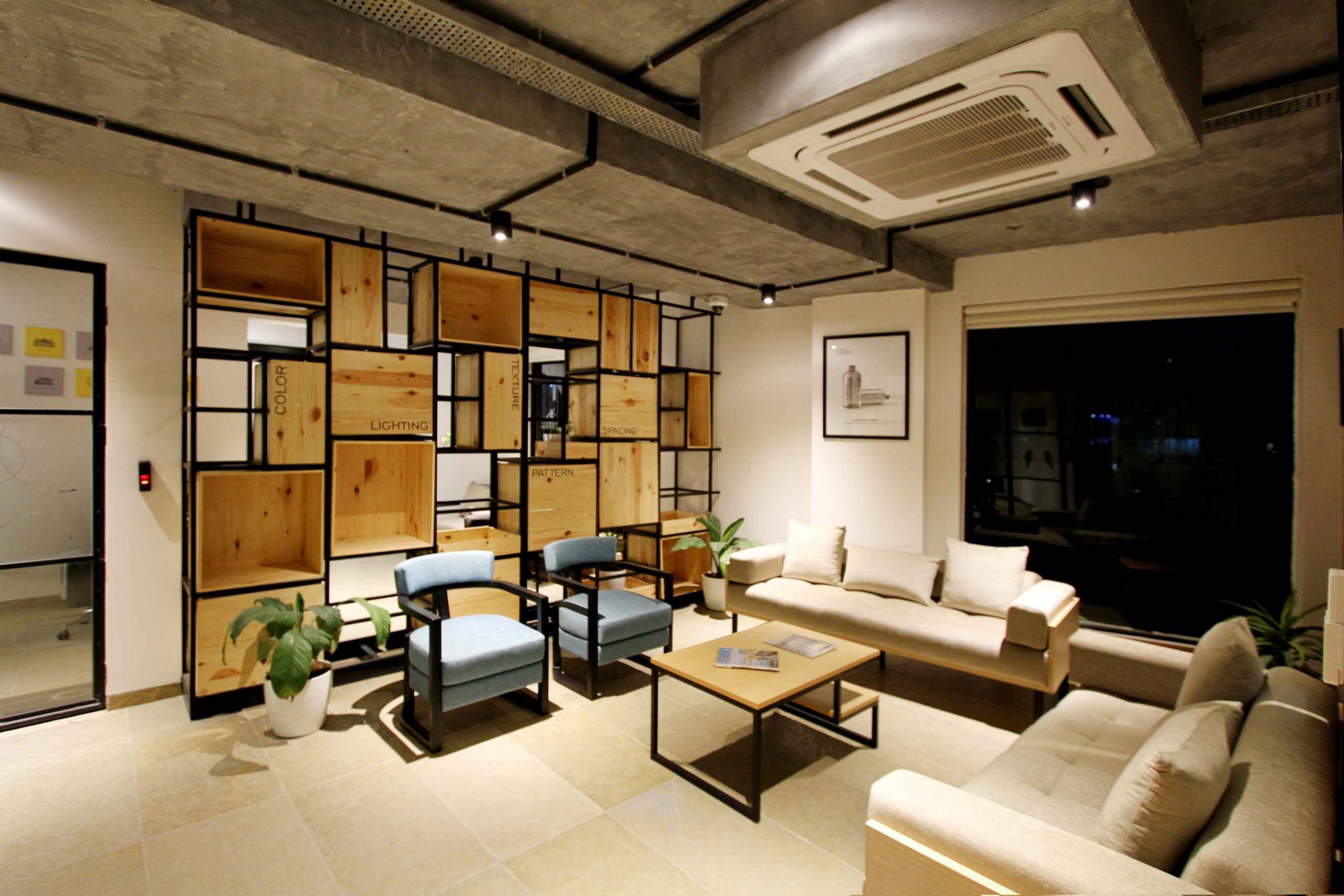Plywood is a board made of thin wood layers stacked crosswise and pressed together. The following is an introduction to the development of plywood:

Origin and early development
The history of plywood can be traced back to ancient Egypt and China, when people used wood layers to glue together to make structures similar to today’s plywood. But real industrial production began in Europe and North America in the late 19th and early 20th centuries. Early plywood was mainly used to improve the strength and stability of wood, and was gradually used in construction, furniture, packaging and other fields.
Technological progress and diversification
In the mid-20th century, with the development of gluing technology and adhesives, the quality and variety of plywood increased significantly. The introduction of new adhesives and processing technologies has enabled plywood to cope with more complex use environments and needs, such as plywood with water resistance and fire resistance. At the same time, new products such as multi-layer plywood and oriented structural board have also been launched one after another, meeting the diverse performance and specifications of different industries.

Expansion of application areas
Plywood is widely used in construction, transportation, furniture manufacturing, packaging and industrial use. Its advantages include high strength, good stability, strong durability and easy processing, making plywood an indispensable and important material in many industries. In particular, in large-scale engineering construction, such as bridges, ships, aircraft and other fields, the application of plywood is more prominent.
Environmental protection and sustainable development
With the improvement of global environmental awareness, the plywood manufacturing industry is also constantly improving production processes and adopting more environmentally friendly adhesives and wood sources to reduce the impact on the environment. For example, the use of forestry certified wood and recycling of woodworking waste have gradually become industry standards, which has promoted the plywood industry to develop in a more sustainable direction.
Technological innovation and future prospects
With the continuous advancement of materials science and manufacturing technology, the plywood industry is facing new development opportunities. In the future, it is expected that more high-performance, environmentally friendly plywood products will appear, as well as innovative solutions for emerging fields. For example, combining intelligent technology to improve the functionality and applicability of products, and developing new plywood with lighter weight and higher strength.

In short, as an indispensable building material in modern industry and construction, the development of plywood not only reflects the progress of science and technology and the improvement of production technology, but also reflects the continuous pursuit of environmental protection and sustainable development. With the development of the global economy and the promotion of technology, the plywood industry is expected to continue to play an important role in the future and create more new application possibilities.

